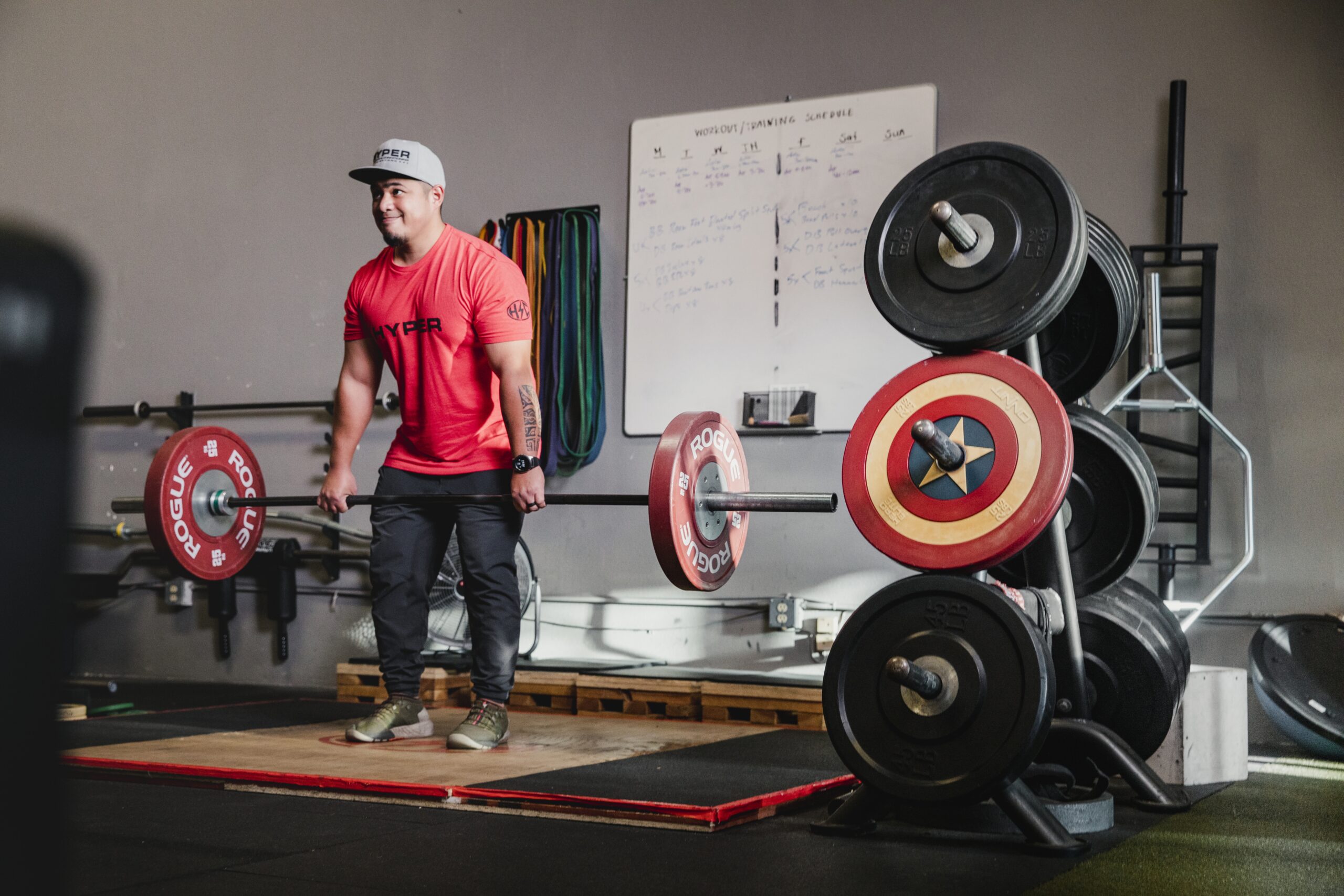Allowing the knees to travel over the toes during squats is a hot topic among trainers and fitness enthusiasts.
But is there cause for concern, or should everyone squat in a way that feels comfortable, stable, and sustainable?
Let’s review.
How Did The Argument Start In The First Place?
Some arguments have been around seemingly forever:
“Are free weights or machines better for growth?”
“Should I do high reps or low reps to get big?”
“Must I train to failure or leave reps in the tank for best results?”
The same goes for knee position during squats. Some people say it’s okay; others claim it will inevitably lead to a knee injury.
This latter idea gained traction in the 1950s when Dr. Karl Klein conducted research and concluded that deep squats resulting in the knees traveling past the toes could stretch the connective tissues surrounding these joints, increasing the risk of injury.
You can read a full breakdown of the findings here.
Are These Findings Accurate?
The pressure on the knees increases to some degree when they are in a forward position––there is no way around it (1).
However, research also suggests that this isn’t anything to worry about so long as you train with proper form and follow a good weight training program. In a 2013 paper, researchers concluded (1):
“Provided that technique is learned accurately under expert supervision and with progressive training loads, the deep squat presents an effective training exercise for protection against injuries and strengthening of the lower extremity. Contrary to commonly voiced concern, deep squats do not contribute increased risk of injury to passive tissues.”
Why Knees Over The Toes Is Not Something to Avoid
While some people have the tendency to look at joints and muscles in isolation, doing so can lead to more harm than good. Why? Because the movement of one joint affects other areas of the body.
Take knee movement during squats as an example. As you descend, your knees travel forward. Depending on various factors, including your unique anatomy, technique, mobility, and squat depth, your knees may travel over your toes.
Doing so allows your spine to remain neutral and your torso to be more upright.
In contrast, limiting your knees’ forward movement makes the spine more likely to round (especially close to the bottom) (2). As a result, your knees might not go over your toes, but you may still be at risk of nagging aches or injuries.
Simply put, allowing the knees to travel forward may improve your squat depth. To get an idea, just look at any Olympic weightlifter. Their knees are likely well in front of their toes to achieve the necessary depth.
Final Words
Your knees going over your toes is not the end of the world. In fact, it could be an effective tactic for achieving a proper squat depth and keeping your spine in a healthy, neutral position.
My recommendation is to see what feels more comfortable and how you must train based on the outcomes you desire. If you want to squat as low as possible (say, for Olympic lifting), allow your knees to travel forward.
If your goals are more powerlifting or bodybuilding-centric, limit the range of motion to a degree to keep your knees in line with your toes while also keeping your spine in a good position.
































